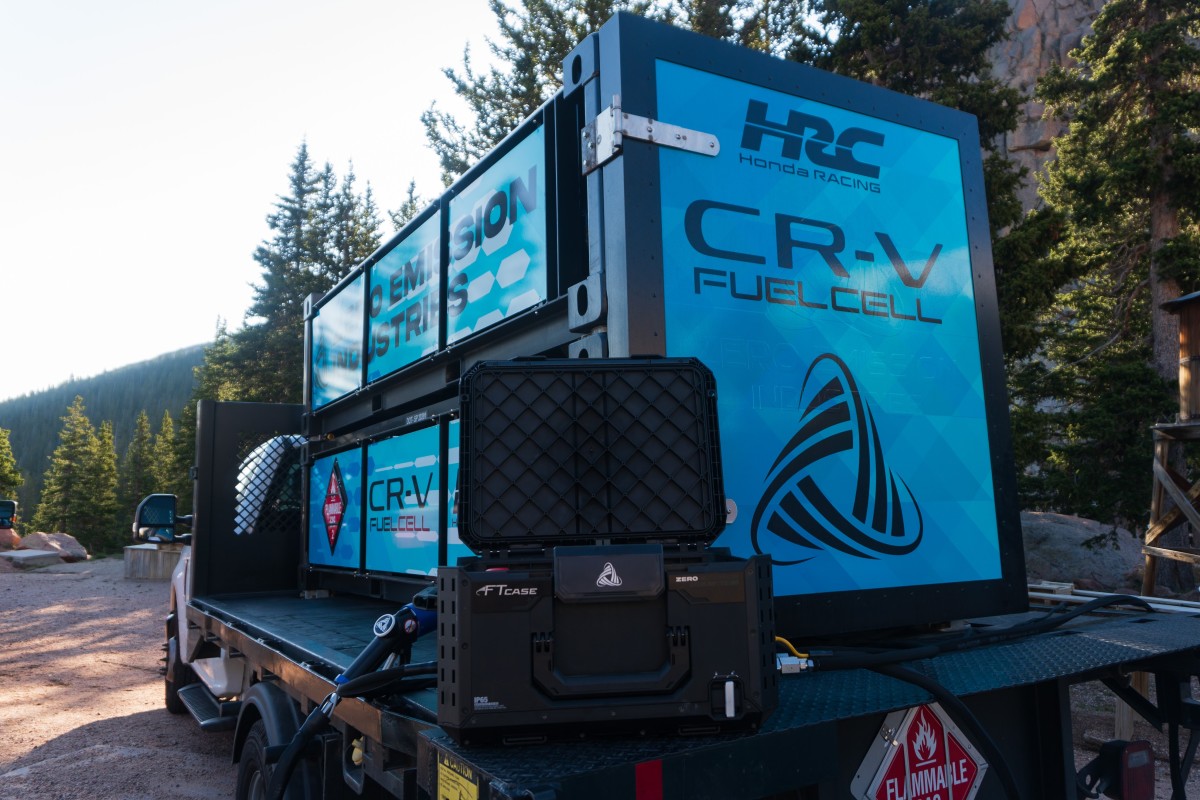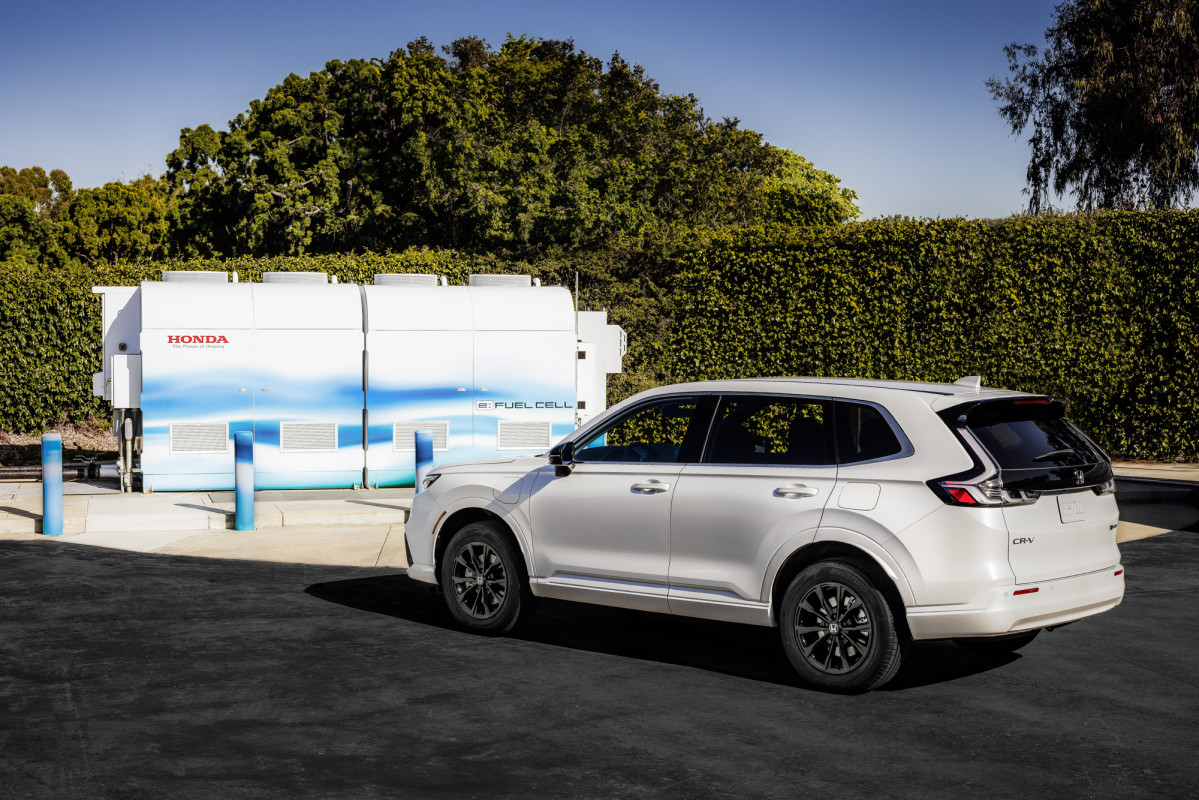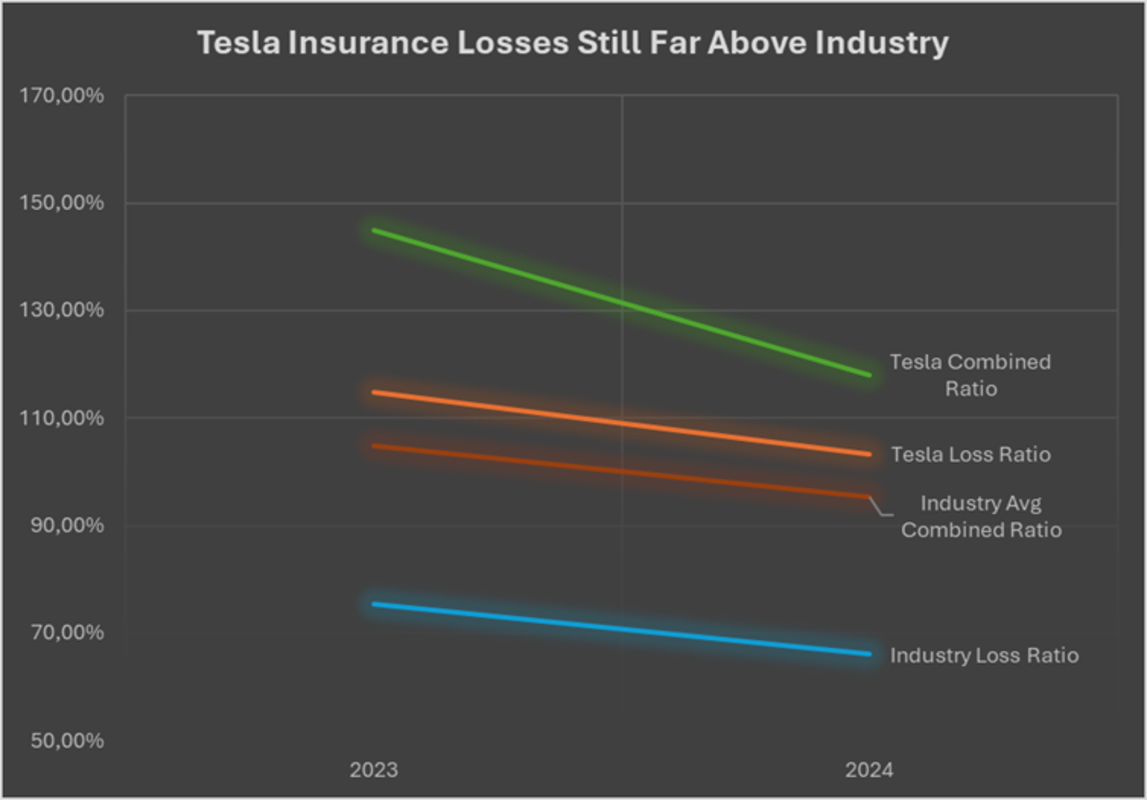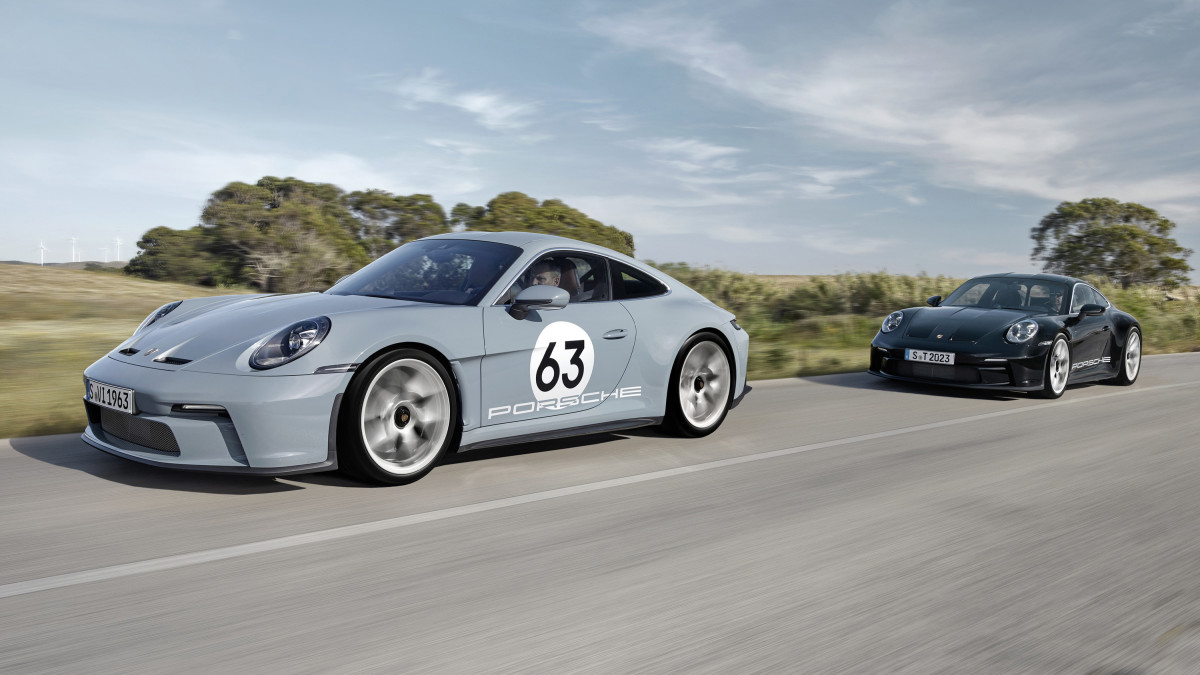Honda CR-V e:FCEV proves hydrogen has a promising future
Hydrogen hasn’t quite caught on like automotive manufacturers hoped, with refueling stations largely limited to California. While many experts and consumers alike have written off hydrogen in favor of battery-electric vehicles, the Honda CR-V e:FCEV is out to prove that fuel cell modules have a future by taking a run at the Broadmoor Pikes Peak International Hill Climb, better known as “Race to the Clouds.” The 156-turn, 12.42-mile mountain climb will take place on June 22nd, and it’s only possible because of Zero Emissions Industries’ (ZEI) FTcase, a portable hydrogen refueling system.

ZEI
Honda has a long history in zero-emission competition
This isn’t Honda’s first rodeo when it comes to entering zero-emission vehicles in the intense mountain climb. The automaker’s history of zero-emissions competition at Pikes Peak dates back to 1994, when Honda won the first-ever EV Class race with an electric Honda Civic wagon. In 1999, the manufacturer entered a race-ready EV Plus into the EV Class, taking home another win. 15 years later, in 2014, an electrified Honda Fit won the EV Class for a third time. The following year, Honda ventured into the Exhibition Class with an EV concept based on the CR-Z. In 2016, a four-motor EV with NSX styling completed the Pikes Peak run in just over nine minutes.

The 2025 Honda CR-V e:FCEV will compete in the Exhibition Class on June 22nd, powered by a stock zero-emission powertrain on June 22nd. Other modifications include a one-inch lowered suspension, 18-inch wheels, racing brake pads, racing seat, and safety cage. There’s no hydrogen refueling infrastructure available at the local level, which means the CR-V e:FCEV is relying on ZEI’s FTcase, a portable hydrogen fueling system, to stay in the race. The refueling system allows a single driver with no hydrogen expertise to refuel a hydrogen fuel cell vehicle safely.
The 2025 Honda CR-V e:FCEV utilizes the automaker’s second-generation fuel cell system, which improves durability, increases efficiency, and lowers costs compared to the previous generation. The hydrogen-powered crossover features plug-in charging capability, offering up to 29 miles of electric-only driving and an EPA-estimated 270-mile driving range. The plug-in hybrid powertrain uses a single electric motor that produces 174 horsepower and 229 lb-ft of torque.

The CR-V e:FCEV is hand-built at the Honda Performance Manufacturing Center in Marysville, Ohio. It’s the only fuel cell passenger vehicle made in the United States, and the first to combine hydrogen fuel cell technology with a plug-in hybrid system. Available in one trim level, the 2025 Honda CR-V e:FCEV starts at $50,000 and is only available for purchase in California.
The hydrogen-powered CR-V acts as proof of concept for military use
If anything, ZEI’s FTcase proves that hydrogen can be a logistical solution in military applications, namely in sensor-heavy environments. Specifically, the U.S. Special Forces Operations Command has prioritized “Reduced Signature” capabilities in its search for an alternative fuel source. Such a fuel source would need to have low thermal, visual, and audible signatures.

The Army is also currently developing alternative power sources for unmanned vehicles, command equipment, and power generation. Hydrogen fits the bill to a T, with no greenhouse gas emissions and low thermal signatures that would help the alternative fuel source fly under the radar. Army researchers are taking hydrogen generation methods a step further, with a focus on improving the life of fuel cells, catalysts, and cleansing systems. Fuel cell power sources also need to be compact, easy to move, and relatively undetectable.
Under the Obama administration, the Department of Defense put a heavy focus on solar power. More recently, however, the Pentagon has shifted to hydrogen fuel cell adoption. The Air Force, for example, deployed a 600-kW fuel cell microgrid at Joint Base Pearl Harbor-Hickam in Hawaii last year. While a single microgrid is a start, the hydrogen puzzle is still one that needs to be solved.

Natural gas is the primary source of hydrogen, but coal also makes its own contribution. As a proposed alternative to fossil fuel dependency, hydrogen sourced from coal isn’t exactly a solid game plan. Fortunately, new hydrogen sources are within reach, with electrolysis proving one of the most promising. Electrolysis is essentially a fuel cell in reverse – hydrogen is extracted from water via a membrane, a catalyst, and electricity. That’s where the existing solar arrays from the Obama administration come into play. By using the solar arrays already available at Joint Base Pearl Harbor-Hickam, the military plans become self-sufficient in its hydrogen fuel production.

Final thoughts
The Honda CR-V e:FCEV’s Pikes Peak run has essentially acted as a proof of concept for compact, portable hydrogen refueling stations. Without ZEI’s FTcase, odds are the hydrogen-powered CR-V wouldn’t be able to compete. Since hydrogen infrastructure hasn’t exactly taken the nation by storm, the alternative fuel source has fallen by the wayside simply due to infrastructure and cost, but not everyone has written it off completely. Several automakers are still researching and developing hydrogen fuel cell vehicles. Now, with the military dipping its toes into the water, it’s only a matter of time before we see fuel cells fulfilling logistical needs where battery-electric power isn’t feasible.







